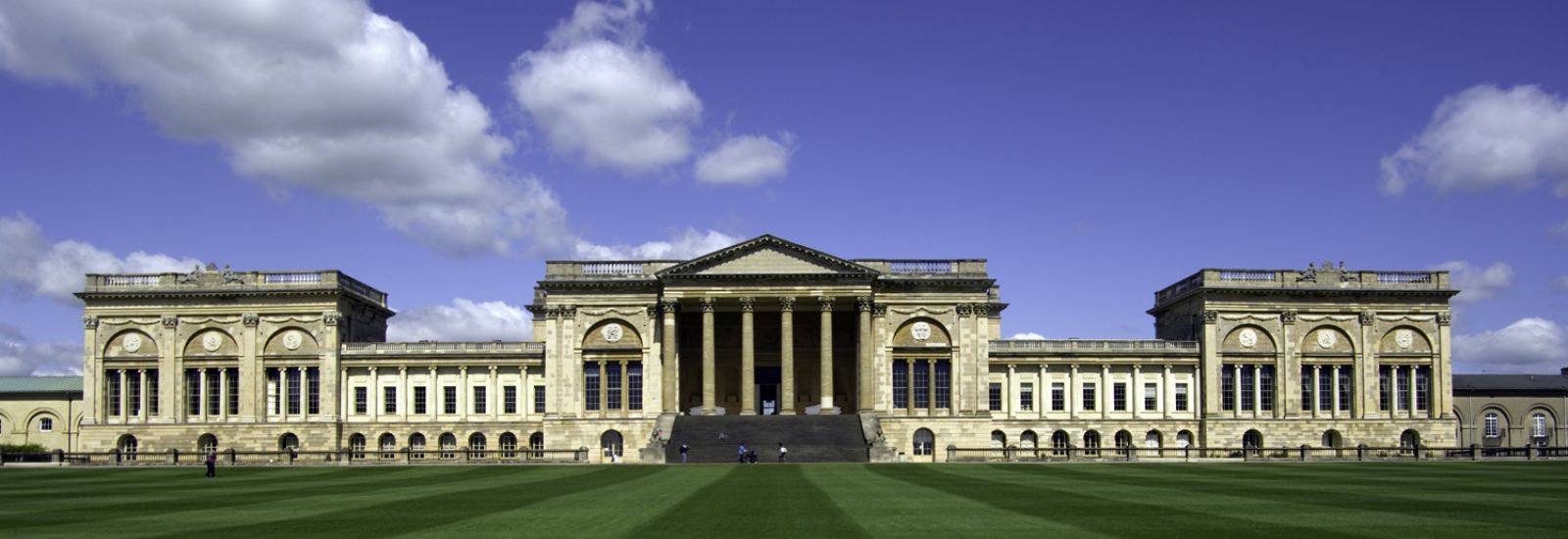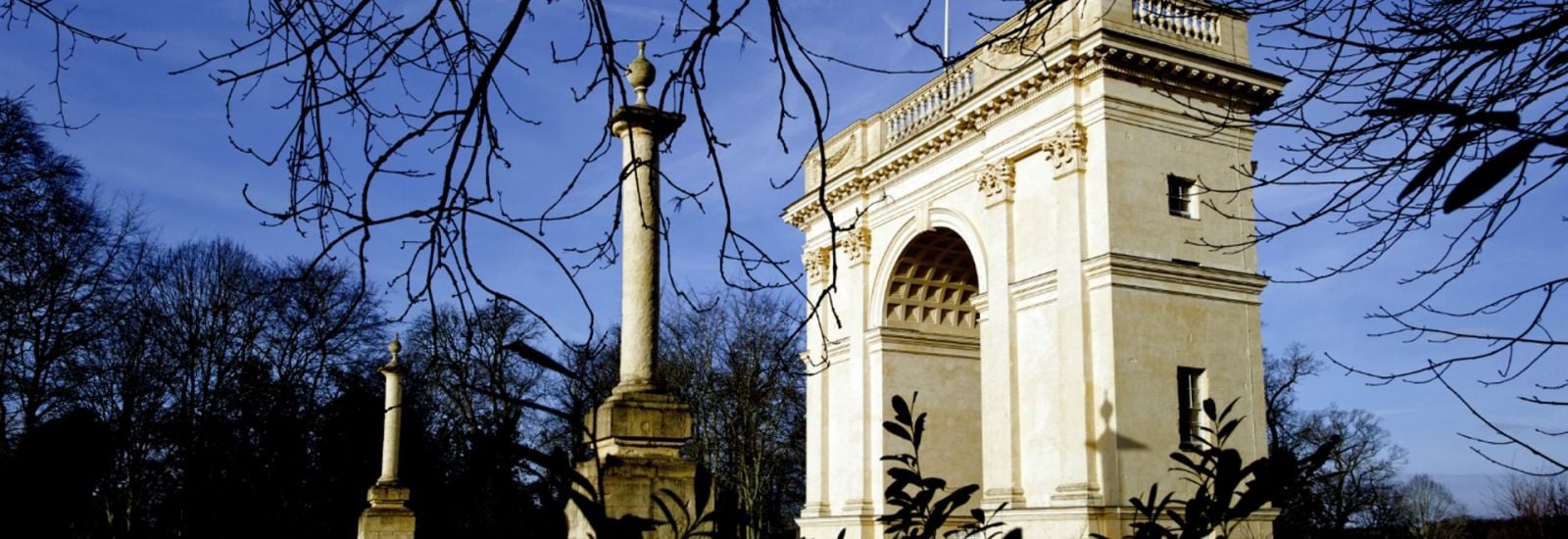
Oxford & Britain’s heritage sector
How Oxford expertise is keeping Britain’s heritage sector in clover.
There are few places as rich in visible heritage as Oxford, with its 800-year-old university. But now museums, galleries and historic country houses are tapping into the expertise of its academics to enrich the experience of visitors in the booming heritage sector across Britain.
In the past, Oxford has often pioneered vital historical and archaeological work overseas, but its outreach efforts within Britain turned a corner in 2013 with the establishment of the Thames Valley Country House Partnership, through which it provided advice to heritage sites in its near neighbourhood. ‘It’s important that the University actively enmeshes itself within the regional economy,’ says Oliver Cox, Heritage Engagement Fellow at TORCH | The Oxford Research Centre in the Humanities.
Before the Partnership was launched, he adds, ‘There was a huge amount of untapped resource.’ Indeed, Oxford’s sheer wealth of expertise can make it difficult to know where best to turn for scholarly advice. The partnership acts, as Cox puts it, like an ‘old-school telephone exchange’ connecting incoming calls with the right person.
‘It’s an enormous range of talented and connected people who really, really care about what they work on,’ says Cox. ‘The rich diversity of centres, faculties and colleges with Oxford University enables us to be responsive to a wide range of requirements from external partners.’
Country house owners, custodians and curators were brought to Oxford for workshops to meet the University researchers. As the project took off, Oxford students took internships in country houses to develop new ways of talking about the collections there.
The aim is to bolster a commercial agenda with scholarly research – or as Cox puts it bluntly, ‘to get people to stay longer and spend more’. The strategy is to make the visitor experience more exciting and intriguing by injecting more accurate content about the houses’ history, family and collection. The project managers know it needs to appeal not only to the stalwarts of the British heritage visitor trail, retirees, but also to families.

Stowe House Preservation Trust was awarded a £900,000 Heritage Lottery Fund grant in 2013 to develop a new exhibition space along with new audio and multimedia guides. With the establishment of the Thames Valley Country House Partnership the same year, Cox was able to bring his own historical expertise to bear on how the Trust might present the 18th- and 19th-century history of the Grade I listed house in Buckinghamshire. (He also presents the multimedia guide for visitors.)
Working with Oxford brings other advantages too. ‘People know they’re dealing with the best, which really does make a difference,’ says Cox. ‘The Oxford brand name acts as an enabler for cultural organisations and as a support and a champion.’
With National Trust membership topping five million and country houses often alive with tourists, Britain’s heritage seems fighting fit. But all this depends on each heritage site providing cultural enrichment for visitors in exchange for revenue for upkeep and management. Without the revenue, a house might crumble and its collections be scattered. In fact, the Trust has been using Oxford expertise for the past two years to help boost its visitor experience.
A significant development occurred in 2015 with the joint appointment of Alice Purkiss by the National Trust and Oxford to design, deliver and evaluate an innovative project called Trusted Source.
The National Trust’s strategy since 2015 has been to provide ‘experiences that move, teach and inspire’. This has to go far beyond car parks, cafés, gift shops and toilets – ‘the heritage quartet’, as Cox wryly calls them. To keep visitors coming back, the experience must be ‘an emotional engagement with the past’. To ensure it is also educational and exciting, the information and interpretation must be thoroughly up to date. ‘It’s about how can we shortcut that lag time between brilliant research being done in universities and reaching a wider, non-specialist but interested audience,’ says Cox. Oxford experts can also act as ‘critical friends’, pointing out if interpretative material is out-of-date but also furnishing the new research that could make it current.
England's Greatest Garden Designer
Oliver Cox on Capability Brown
With Purkiss embedded within both Oxford and the National Trust, the university now works to promote a range of activities, across different disciplines, to support the National Trust’s current strategic theme.
‘Mutual benefit lies at the heart of Trusted Source,’ says Purkiss. ‘Through the partnership the National Trust gains access to the rich and diverse knowledge held within academia, while researchers at all career levels gain new skills and an opportunity to share their expertise with a vast online audience.’
The University’s outreach has extended beyond the country house to museums, galleries and other cultural heritage sites. Cox sits on Arts Council England’s Designation Panel that decides which non-national museum collections are of national and international significance. He has become, in his own words, ‘a front door’ connecting a multitude of heritage bodies with the academic researchers at Oxford who can help articulate why the collection matters.
Heritage Engagement Fellow
Thames Valley Country House Partnership
Faculty of History & Senior Scholar at University College
07824 392682
[email protected]
Article written by John Garth (www.johngarth.co.uk)

